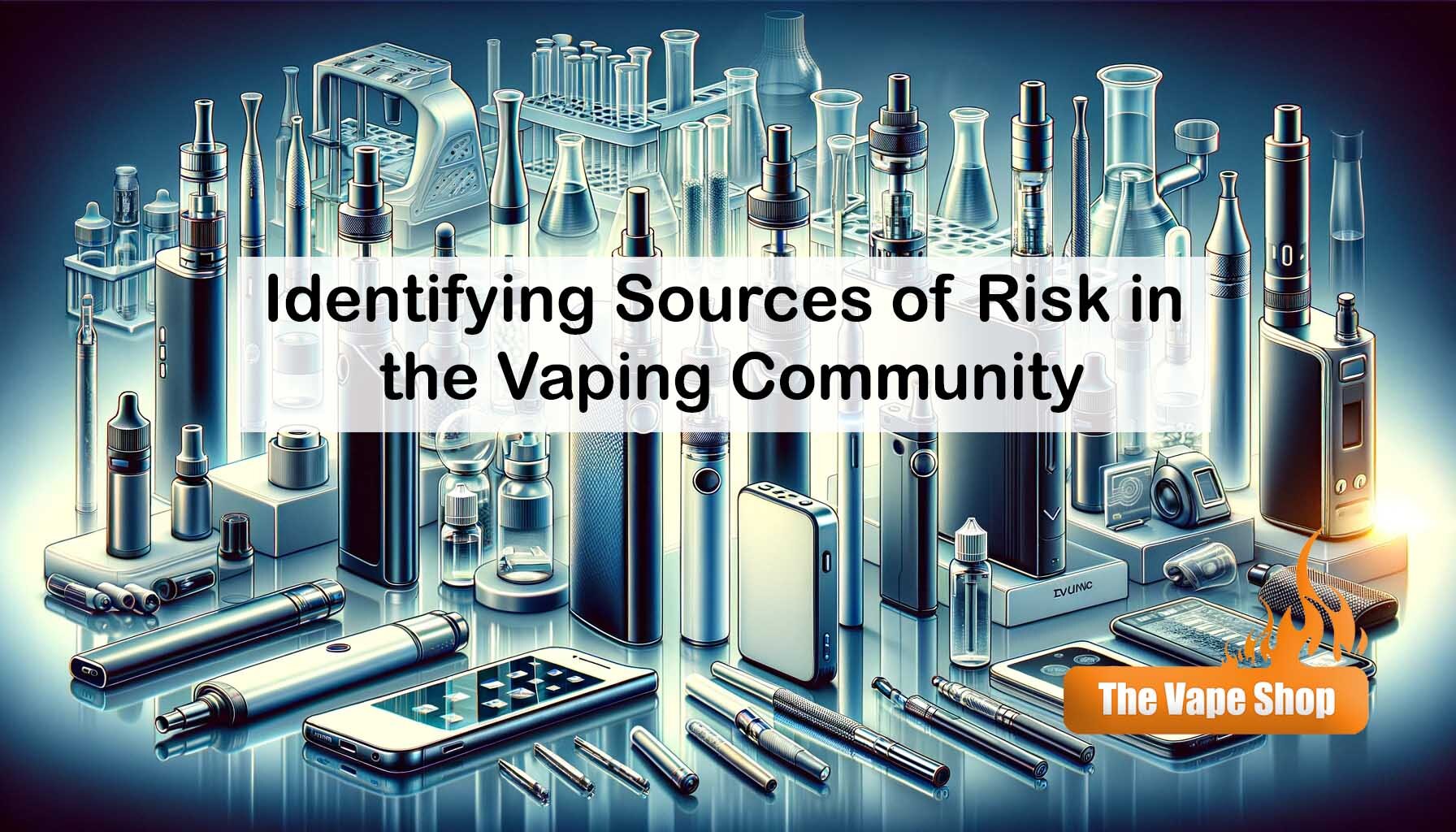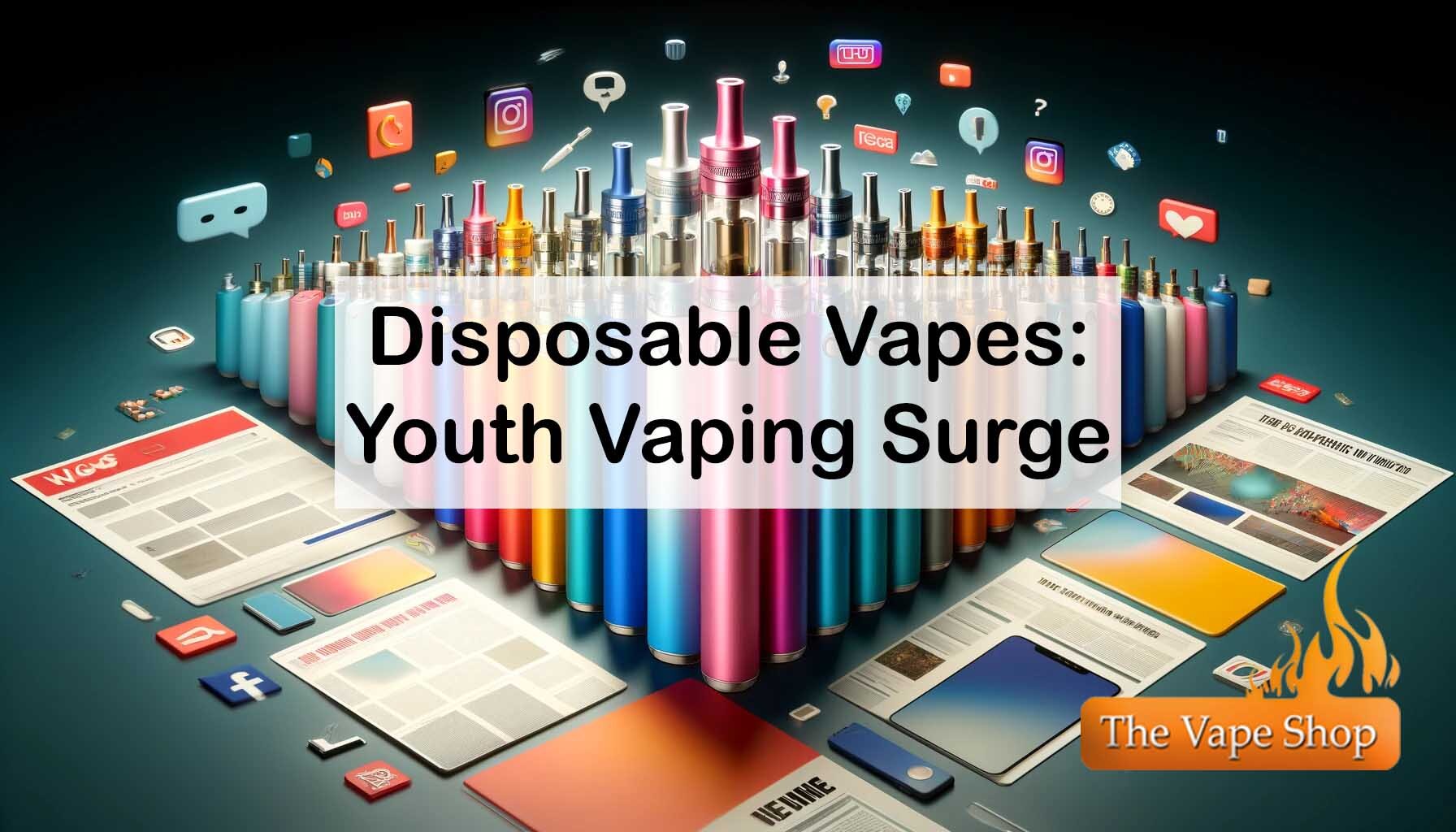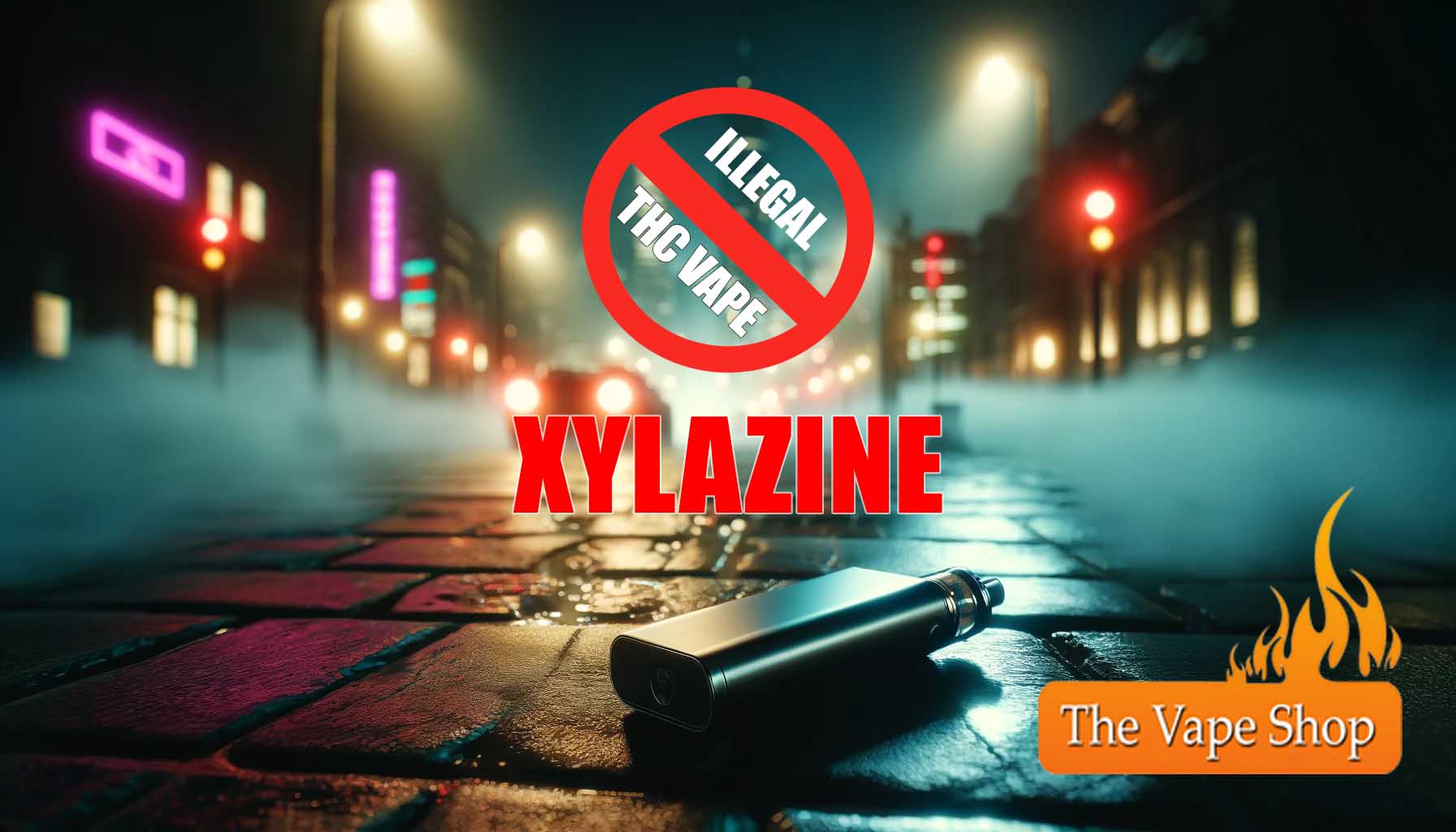Recent Studies on Vaping Risks: The Importance of Distinguishing Between Licensed and Unlicensed Products
Vaping and Toxic Exposure: A Closer Look at the Sources
Recent findings have raised alarms across the vaping community, highlighting significant health risks associated with toxic metals like lead and uranium in e-cigarette users, particularly teenagers. A study conducted by the University of Nebraska found disturbingly high levels of these metals in the urine of teenage vapers. The research revealed that frequent users have up to 40% more lead and double the uranium in their systems compared to occasional users. Particularly concerning were the findings that sweet-flavoured vapes showed a 90% higher concentration of uranium. A UK Government report shows that 69% of teenagers use disposable vapes.
Clarifying the Source: Licensed vs Unlicensed Products
However, a critical detail missing from this discussion is the specific type of e-cigarettes used by the subjects of the study. Considering the focus on teenagers, were they using disposable vapes, as a UK government report suggests? This omission is significant because it fails to distinguish between legally compliant, regulated products and those that are unlicensed and possibly counterfeit. This distinction is crucial, as evidenced by a parallel news story we reported last month, where unauthorised vaping devices seized from students at a Kidderminster school contained hazardous levels of lead, nickel, and chromium—far exceeding safety thresholds.
The analysis, performed by Inter Scientific in Liverpool, underscored the dangers of illicit vape products, which often bypass the stringent safety checks that authorised manufacturers adhere to. The high toxicity levels found in these unlicensed products could be a key factor contributing to the alarming results observed in the Nebraska study.
Regulation and Consumer Safety
The findings from both studies underscore the urgent need for stringent regulation and informed consumer choices. Vapers, particularly young ones, should be cautious of where they purchase their devices and e-liquids, prioritising reputable vendors that comply with local safety standards. Additionally, there is a pressing need for regulatory bodies to crack down on the sale of unlicensed vaping products, which pose significant health risks.
The conflation of risks associated with unregulated products with those of regulated ones does a disservice to the vaping community. Many in this community rely on licensed, thoroughly tested products as safer alternatives to smoking traditional cigarettes. Broad statements about the dangers of vaping without distinguishing the source of the products only serve to create undue panic and deter smokers from a potentially less harmful alternative.
The Path Forward: Educating and Regulating
It is imperative that future research makes clear distinctions between different types of products in the vaping market. Transparency about the sources of e-cigarettes used in studies will help tailor public health advice and regulatory actions more effectively, ensuring that the benefits of vaping as a smoking cessation tool are not overshadowed by the risks posed by unregulated products. As we continue to navigate the complexities of vaping and public health, informed choices and robust regulation will be key to safeguarding the health of the vaping community.














